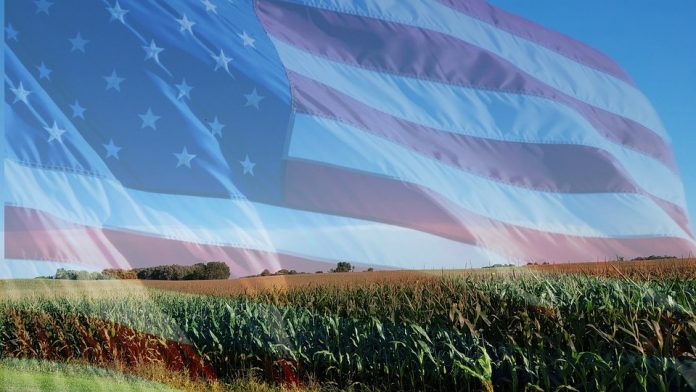Most rural Americans are old enough to remember when their president noted that “trade wars are good and easy to win.”
An old tweet
That was, after all, several tariff hikes, dozens of trade meetings and more than 15,000 presidential tweets ago. It may seem like a lifetime, but it was just 19 months ago, on March 2, 2018.
What most have forgotten about the tweet, though, is that President Donald J. Trump’s “easy to win” line was just the preface to an even more outlandish claim.
“Example,” he continued, “when we are down $100 billion with a certain country and they get cute, don’t trade anymore — we win big. It’s easy!”
That wishful thinking turned out to be, in fact, wishful thinking.
Underestimation
Despite the imposition of U.S. tariffs on Chinese imports shortly thereafter, the U.S. trade deficit with China, the tweet’s “certain country,” grew from $375.4 billion in 2017 to $419.5 billion in 2018. So much for cute and easy.
Of course, most farmers could have told you that trade wars aren’t good for rural or urban America; they definitely are not easy to win; and, in fact, no one on either side of these tariff-fueled battles ever wins anything — big, little or in between.
Politicians, however, are slow in memory recollection and collective action. Both President Trump and Chinese President Xi Jinping continue to increase their nations’ tariffs in the ongoing trade war so much so that neither feels he can climb out of the tariff mud to restart clean, detailed truce talks.
Commodity markets
In the meantime, the key issue that ignited this fight, intellectual property theft by China, is lost in the nationalist smoke and political hot air. Commodity markets, however, are not lost; most can be found sinking near 2019 contract lows.
New crop December corn futures, at $3.50 per bushel, are a solid $1 below June highs and appear glued to chart lows. Others futures, like November soybeans, seem to be on speculators’ near-perfect elevator — up 10 cents one day, down 11 cents the next — to allow easy, day trading profits while prices slowly drift into harvest lows.
All of this, as well as an uninformed, recent gaffe by the president (“Japan only buys our wheat to make us feel good…”) and a cutting wisecrack by Secretary of Agriculture Sonny “Whine Cellar” Perdue, has left farmers and ranchers wondering who their real enemy might be. They’re not alone.
Reality
Central bankers from Germany to Singapore are watching their nations’ economies slow to a worrisome crawl. The dreaded “R” word, recession, is creeping into their speeches. In the U.S., Wall Street spent the usually sleepy month of August going up and down more often than a mountain goat.
Analysts worry about inverted yield curves, upcoming monthly Federal Reserve meetings, and $1 trillion federal budget deficits. They, too, are searching — mostly in vain — for good news and safe harbors.
The emerging reality for all, however, is even more worrisome. The key players in the global economy are, as the recent G-7 meeting in France laid bare, at a stiff-necked impasse on trade, the glue that holds the increasingly fragile global economy together.
Worse, no international leader appears willing to lead while the established leader, the U.S., continues its us-against-the-world, tariffs-on-everyone strategy in trade talks with, well, everyone.
Evidence of that strategy’s failure — a flagging ag sector, steel plants shutting down, the slowing U.S. economy and a quickly devaluing Chinese currency — has yet to turn heads and, more importantly, minds in the White House.
All of this leaves American farmers in the no man’s land of a trade war with little recourse but to keep their heads down as the big boys slug it out from their deepening trenches. So much for good trade wars and easy wins.
STAY INFORMED. SIGN UP!
Up-to-date agriculture news in your inbox!















Let’s not forget that one reason for reduced corn and soybean purchases in China is that they have lost 50% of their swine herds to ASF. Even without the trade war demand would be reduced. China is a big market but it is not the only market. Changes in pricing have complex underpinnings.